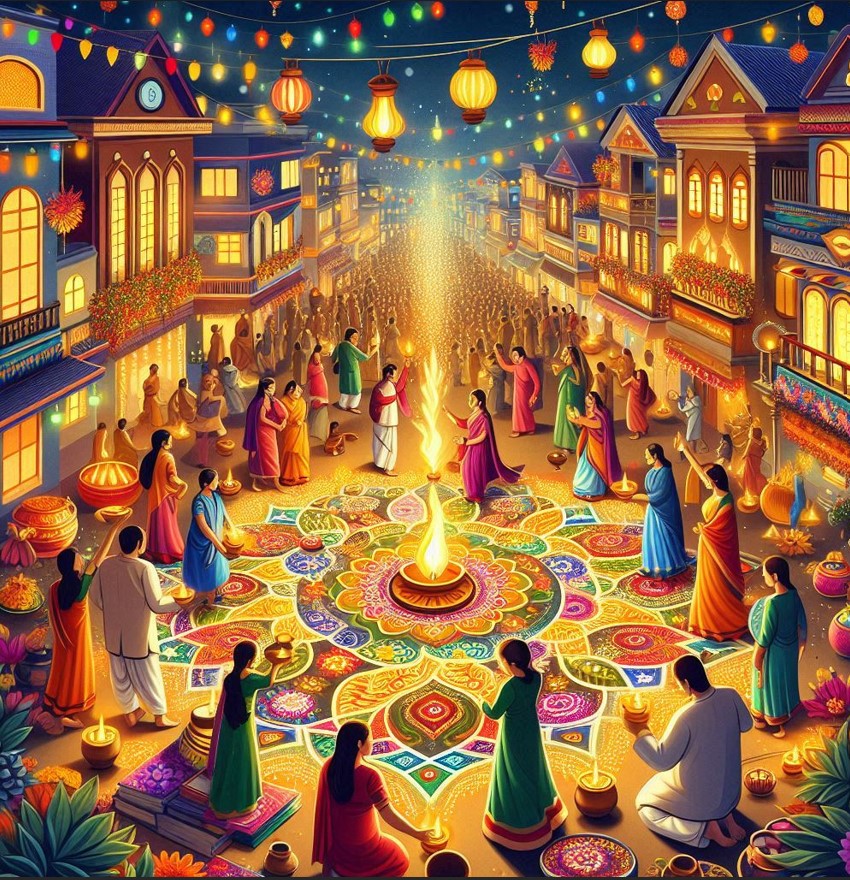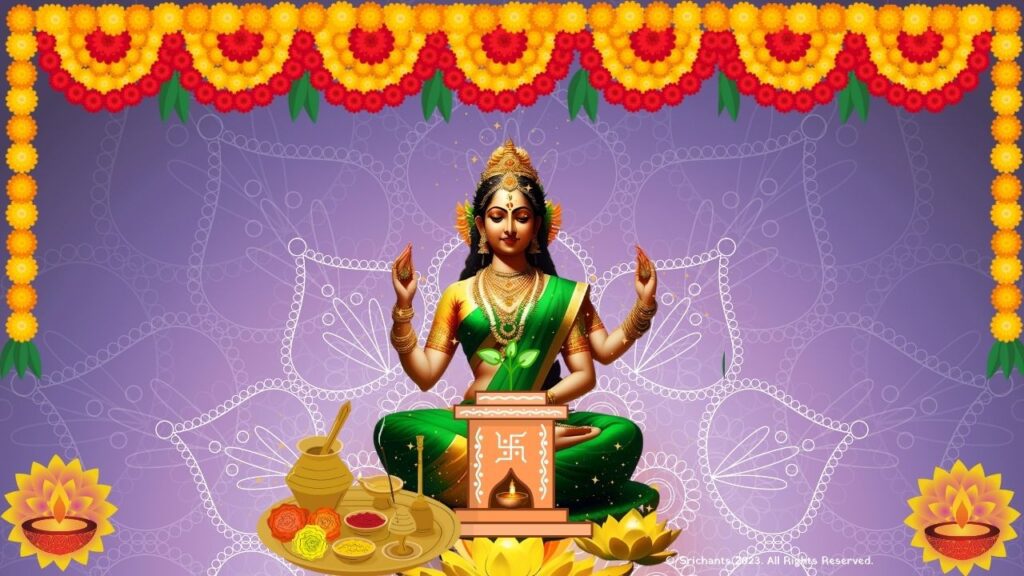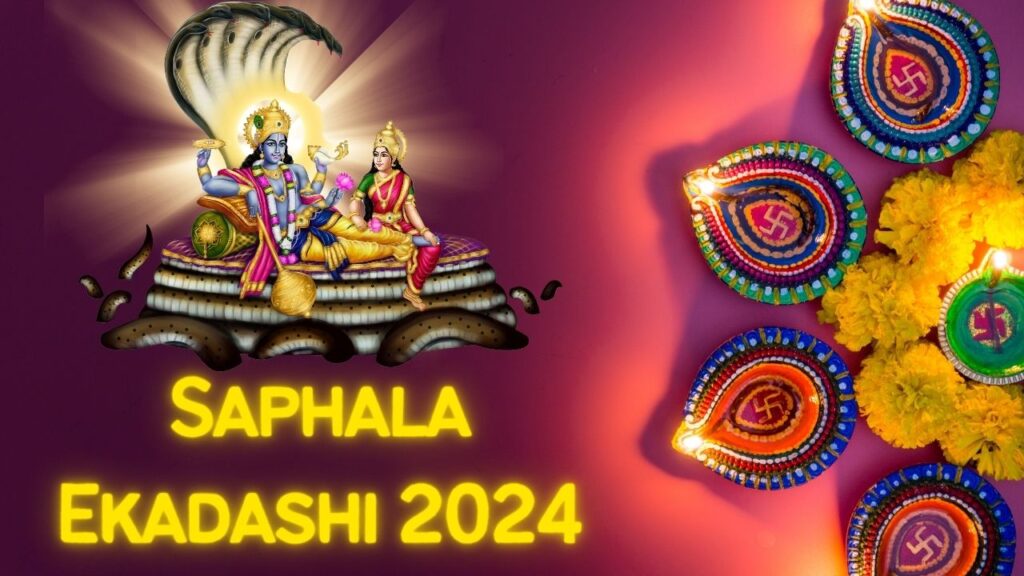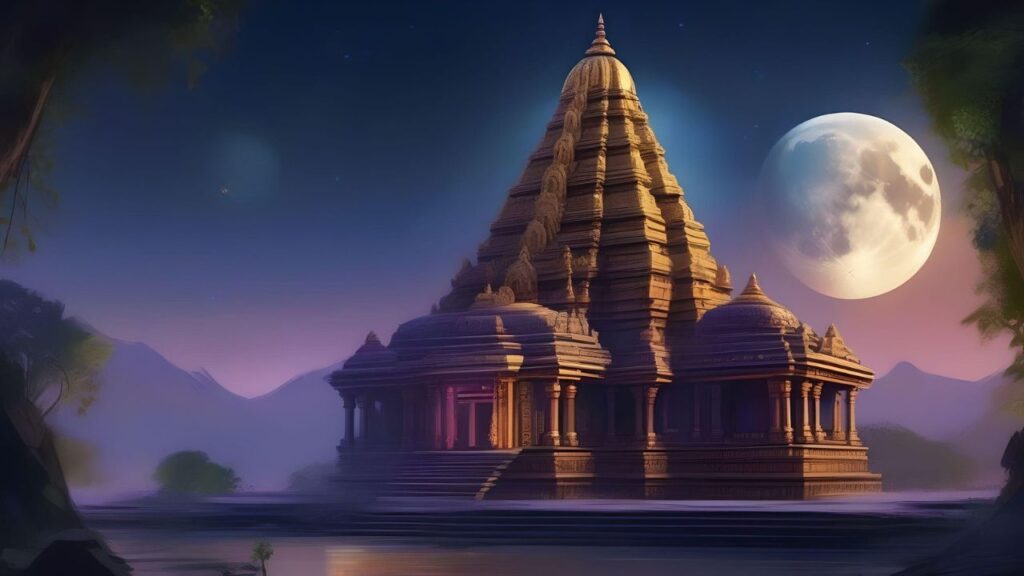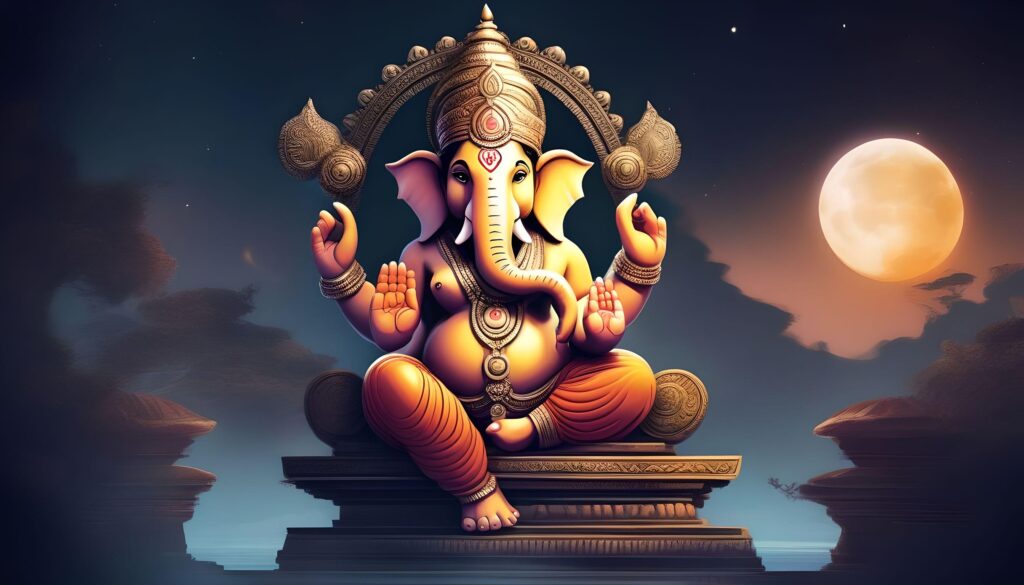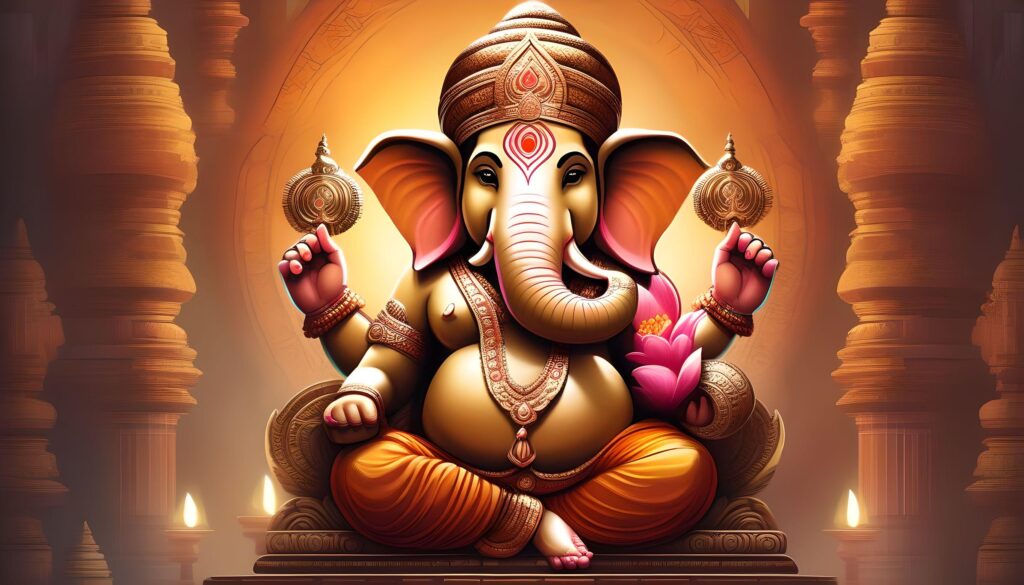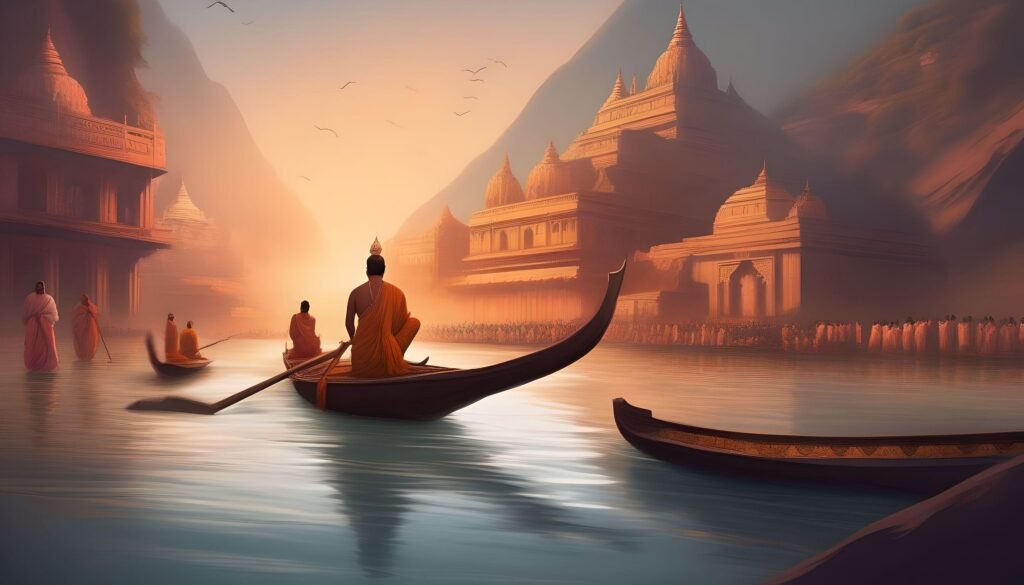Narak Chaturdashi: Choti Diwali Details
Celebrated in India, Narak Chaturdashi—also known as Choti Diwali—is a prominent holiday. Usually happening in October or November, it falls on Kartika’s dark fortnight’s 14th day. This festival remembers Lord Krishna’s victory against Narakasura, the demon. For the spiritual purification, this is a festive, happy period.
Historical Background
Narak Chaturdashi’s backdrop is mostly Hindu mythology. According to the stories, Narakasura was a formidable demon scaring both gods and mankind. A specific boon made him practically perfect. Only one Narakasura could beat: a woman. This transformed him into unpleasant and pompous. He abused the people and controlled Pradyoshapuram.
Said to be Lord Vishnu’s avatar, Lord Krishna decided one day to bring Narakasura’s kingdom to an end. Supported by his wife Satyabhama, Krishna fought the beast. Krishna triumphed after much effort. He slew Narakasura and set sixteen thousand women imprisoned by the demon free. Celebrated as Narak Chaturdapi, this victory is
Narak Chaturdashi Full Story:
Celebrated a day before the major Diwali celebration, Narak Chaturdashi—also known as Choti Diwali—is especially in Hindu mythology and has immense spiritual and cultural worth. The ceremony marks the triumph of good over evil by honoring Lord Krishna’s defeat over the demon Narakasura.
According to ancient writings, Narakasura was a powerful creature stalking the land and heavens. He could fight gods and even grab the heavenly spheres having received a blessing that made him practically flawless. Among his dictatorship was the kidnapping of sixteen thousand princesses kept within his fortress. Furious by this act of cruelty, the gods went to Lord Krishna for help.
Eighth avatar of Lord Vishnu; Krishna was renowned for his intelligence and courage. He went on alone to confront Narakasura to restore dharma and harmony. Under the persuasion of his wife, Satyabhama, Krishna headed for the base of Narakasura carrying a sacred sword.
Krishna and Narakasura battled fiercely and personally. Narakasura began a stream of strikes, sure of his power. But Krishna’s strategic genius and divine power swiftly turn the tide. To symbolize the tenacity of moral women, Satyabhama entered the fighting as it raged on. Together, they fought valiantly; with his Sudarshan Chakra Krishna at last slay the monster.
For the 16,101 princesses who at finally escaped the reach of the devil, the triumph was not only personal but also emancipational. This act of bravery transformed the panorama of the heavens; the gods praised Krishna’s triumph.
The day Narakasura was destroyed, Narak Chaturdashi marks the day darkness and ignorance were banished. Celebrated fervently all over India is People perform ceremonial baths early in the morning using scented oils and herbs most of which have aromatic properties to help them shed negativity. This behavior is thought to bring luck and atone for faults.
Beautiful rangoli brighten dwellings; tiny oil lights or diyas are placed to represent the victory of light over darkness. People also prepare different sweets and snacks ready to share with friends and relatives. Celebrating the happy event with firecrackers captures the sounds of success echoing after Narakasura’s death.
Narak Chaturdashi is also related in some places to the loyalty to Goddess Kali, who stands for power and annihilation of evil forces. She receives prayers of protection and blessings from dedicated people.
Families assemble as darkness falls to celebrate, laughing and delight shared, and to ponder the moral teachings the story presents. Narak Chaturdashi reminds us of the importance of justice, compassion, and the ongoing fight against evil even as it hails a historic victory. Like Lord Krishna did, the festival’s philosophy exhorts attendees to emerge triumphant by conquering their own demons.
Rituals and Traditions
Narak Chaturdashi is observed with various rituals and traditions. Here are some of the key customs associated with this festival:
1. Early Morning Bath
On the day of Narak Chaturdashi, devotees wake up before sunrise. They take a holy bath, usually with aromatic oils and herbs. This ritual is believed to cleanse the body and soul. It is considered auspicious to bathe in water mixed with flowers and herbs.
2. Lighting of Diyas
After the bath, people light diyas (oil lamps) to symbolize the victory of light over darkness. Diyas are placed around homes, on windows, and in courtyards. This act is not just for decoration; it signifies the removal of ignorance and negativity.
3. Puja (Worship)
Devotees perform a special puja in honor of Lord Krishna. They offer flowers, sweets, and other items to the deity. The worship includes chanting mantras and singing devotional songs. This is a time to seek blessings for health, prosperity, and happiness.
4. Preparing Sweets
Sweets play an essential role in the festivities. Families prepare various traditional sweets and snacks, such as ladoos and chaklis. Sharing these treats with friends and neighbors fosters a sense of community and togetherness.
5. Fireworks
In many regions, fireworks are an important part of the celebration. The bursting of crackers symbolizes the joy of victory. It also represents the dispelling of darkness and negativity.
6. Visiting Temples
People visit temples on this day to seek blessings. Temples are beautifully decorated with lights and flowers. Special prayers and ceremonies are held in honor of Lord Krishna and Narakasura.
7. House Cleaning
Before Narak Chaturdashi, families clean their homes. This act signifies the removal of negativity and the welcoming of positivity. It is a time to discard old items and make space for new beginnings.
8. Charity
Charity is an important aspect of the festival. People believe that giving to those in need on this day brings good luck. Donating food, clothes, or money to the less fortunate is a common practice.
Cultural Significance
Narak Chaturdashi is far more culturally relevant than merely a festival value. It underlines for us the need of good above evil. The story of Krishna and Narakasura teaches us that virtue and valor could conquer injustice.
The festivity also strengthens human solidarity. To honor friends and family come. This is pardon and fresh begins’ time. Lighting diyas and exploding crackers encourages people to express their surprise and happiness.
Narak Chaturdashi and Diwali
Narak Chaturdashi closely relates to Diwali, the Festival of Lights. Celebrated two days later, on Amavasya, the new moon day, Diwali marks Lord Rama’s return to Ayodhya following Ravana’s destruction whereas Diwali Narak Chaturdashi emphasizes on the triumph against Narakasura.
Both celebrations have plenty of themes of light, happiness, and the triumph of good: Many homes treat both occasions with tremendous enthusiasm. Often overlapping are the ceremonies and decorations, creating a festive environment across several days.
Personal Reflections
Narak Chaturdashi provides a time for rest and introspection. It asks people to consider their life. This is an opportunity to welcome hope and release negative ideas. Many people start to develop new goals and aspirations around this period.
This festival also pays respect to ties with loved ones. Families get together to create memories, pass stories, and celebrate. The friendliness of encounters is among Narak Chaturdishi’s most valued qualities.
Conclusion
The spirited Narak Chaturdashi celebrates the victory of good over evil. Customs, family get-togethers, and community building abound at this period. The customs and festivities connected with this event have considerable value and importance.
People are not only celebrating a historical event as they light diyas and prepare presents. They also welcome positivity, love, and unity. Narak Chaturdashi teaches us that even in tough conditions there is always hope and light.
Reference: Buy Spiritual Books
FAQ About Narak Chaturdashi
1. What is Narak Chaturdashi?
Narak Chaturdashi, also known as Choti Diwali, is a Hindu festival celebrated on the 14th day of the dark fortnight in Kartika month. It commemorates Lord Krishna’s victory over the demon Narakasura.
2. When is Narak Chaturdashi celebrated?
Narak Chaturdashi typically falls in October or November. The date varies each year based on the lunar calendar.
3. What rituals are performed on Narak Chaturdashi?
Key rituals include an early morning bath, lighting diyas, performing puja, preparing sweets, and visiting temples. People also clean their homes and practice charity.
4. Why is an early morning bath important?
An early morning bath on Narak Chaturdashi is believed to cleanse the body and soul. It symbolizes the removal of impurities and negativity.
5. What is the significance of lighting diyas?
Lighting diyas represents the victory of light over darkness. It symbolizes knowledge, purity, and the dispelling of ignorance.
6. How is Narak Chaturdashi connected to Diwali?
Narak Chaturdashi is celebrated two days before Diwali. Both festivals emphasize the themes of light, joy, and the triumph of good over evil.
7. What are some traditional sweets made for Narak Chaturdashi?
Common sweets prepared for Narak Chaturdashi include ladoos, barfis, and chaklis. These treats are shared with family and friends to enhance community spirit.
8. Why is charity important on this day?
Charity is seen as a way to bring good fortune. Giving to those in need fosters a sense of community and compassion.
9. How do people celebrate Narak Chaturdashi in different regions?
Celebrations can vary by region. Some people focus more on rituals, while others may emphasize fireworks and social gatherings. Despite the differences, the core values of the festival remain the same.
10. What lessons can we learn from Narak Chaturdashi?
Narak Chaturdashi teaches us about courage, unity, and the importance of overcoming negativity. It encourages individuals to seek positivity and maintain strong relationships with loved ones.
#narakchaturdashi #narak #Chaturdashi #roopChaturdashi
